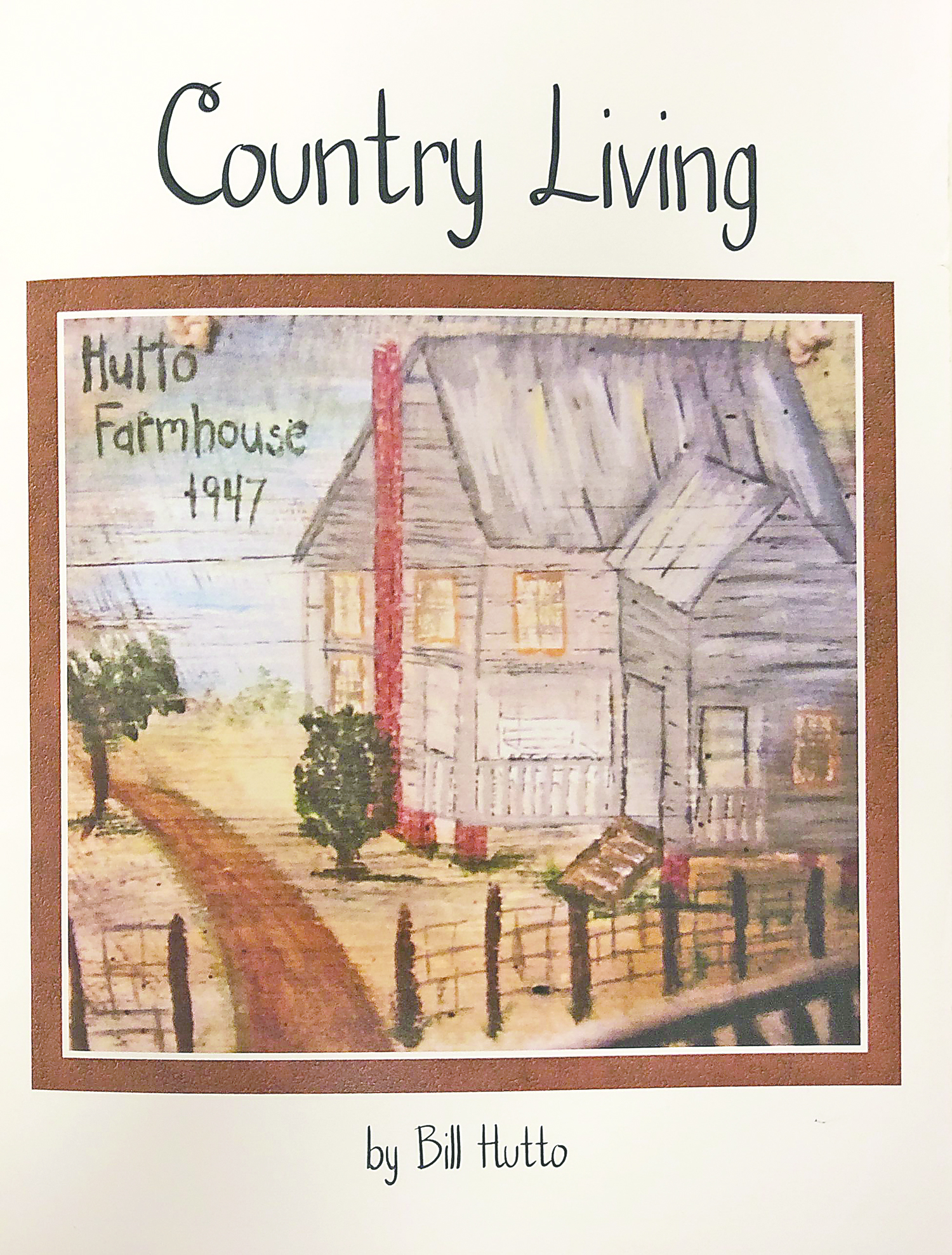Savannah Reams: Greene Publishing, Inc.
Bill Hutto is a Madison County native and grew up in Greenville, Fla. In his memoir titled "Country Living," he describes in detail times gone by, his old family farm place and the fond, and sometimes sad, memories of his boyhood. The following is an excerpt from the first volume of "Country Living," titled "The Farm." Bill Hutto, born c. 1938, is the eldest son of Alcus and Belle Hutto. His siblings include Marjorie, Norman, Darrow and Sammy Hutto—all familiar names in Madison County. Hutto currently resides in Milton, Fla., with his wife, Jane Fulford Hutto, who also hails from Greenville.
Story Submitted:
Bill Hutto
When Daddy married Mother in 1936, his dream was to have his own farm and, eventually, children to love and to help them make farming a successful reality. About 1945, my Daddy, with Mother and four children, purchased a farm previously owned by the Marshall family.
The size was approximately 150 acres and was joined in the "back field" by the Day's farm and the Bush's farm. Most of the property was cultivated, with a smaller portion in trees and ponds. We had a smoke house, an "out house," and a chicken house, which were near our home. On the side, further away, was our crib with a mule stable and close to it was our well where we drew water. There, our mother would wash clothes using metal tubs, a wash pot and a scrub board to ensure a thorough washing of our dirty farm clothes. At the rear of the house, in sight, was a tobacco barn and, surrounding it, was a pecan grove.
Down the hill from the tobacco barn was a pond with a stream feeding it, flowing from west to east. To get to the "back field" you had to cross this narrow stream of water.
Near our farmhouse, we had a cane field which produced cane yearly and the cane juice was made into syrup at Uncle Lamar's cane grinder. The other portions of the cultivated land were planted in different crops such as cotton, tobacco, corn, watermelons and, of course, a garden. The crops were rotated yearly to yield the best production possible.
Pecan trees located near our home and near the tobacco barn would bear enough pecans for our family, and to sell. The money was used to buy Christmas (Santa Claus) presents each year. Near our back yard, just over the fence, were fig trees. We picked the figs and Mother canned them using pint or quart jars.
We always had a pen full of pigs to raise and, without detail, let's just say we had plenty of meat in the smokehouse. That goes also for the chickens, some of which were consumed while others were kept for eggs. Of course, the rooster had it made!
We had what we called a "milk cow" and that was our source of milk and butter. We had a butter churn, the type you crank, and the paddles mixed the cream until butter was formed.
Occasionally, Daddy would take down the old single-barrel, 12 gauge shotgun and we would shoot dove in the field where some grain was left behind after the harvest. Dove was good breakfast meat with grits, biscuits and syrup. At times, big flocks of blackbirds would light in the haystacks and that would be a breakfast item. I don't ever remember eating rabbit, turtle, coons or any wild animal except maybe squirrel on rare occasions. Other edible items on our farm were blackberries, dewberries, mulberries and pears. We had relatives nearby who would give us blueberries.
Our farmhouse had a big living room, dining room and kitchen; three bedrooms, with a fireplace in the master bedroom and one in the living room. We also had an L-shaped front porch with a swing and a back porch with a long, single shelf for pans to wash and rinse our hands in before we came into the house. Our house was a two-story, but my parents had the attic sealed up since we had enough living space on the first floor and, too, the second floor needed some refinishing work, which we did not have time or money to see to.

